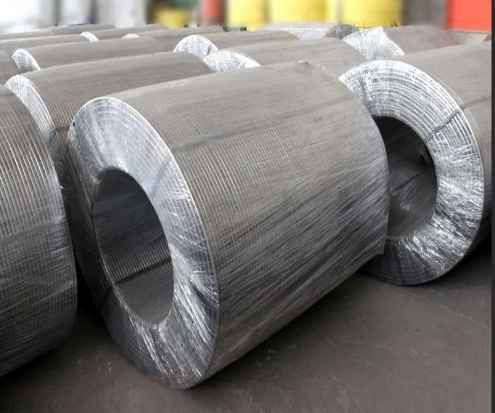
It is an industrial consumable which is used by the steelmaking and foundry industry. The product is made from a metal casing, filled with powdered and granular materials. This is then wrapped on a strip cold-rolled of low carbon steel. The steel strips protect the core from contact with air, slag and other manufacturing processes. This is important because the addition of cored wire to molten steel can significantly affect its quality and metallurgical properties.
A cored steel wire's ability absorb and distribute alloying materials into the molten material is critical to its success. The cored wire is usually a deoxidizer for alloys, such as calcium. The deoxidizer, which is added to the steel melt, performs various metallurgical operations such as desulfurization, inclusion modification, and deoxidation. These alloying agents improve the quality and durability of the final product.

However, after the pandemic struck the steel industry, production and supply of wires with cores were severely affected. This was due in part to lockdowns. travel restrictions, and labour shortages. These factors can have a major impact on cored steel wires and other steel products.
Despite the challenges, steel is recovering and cored-wire demand has increased. Steel is used in both construction and automobile manufacturing. The growth in demand for cored wires is likely to continue into the future.
Manufacturers are therefore focusing their efforts on increasing the efficiency of production processes in order to maximize the output. One way they are doing this is by using technology to reduce the time it takes for raw materials to be melted into molten steel. This allows for a more accurate and consistent process. In order to reduce the weight of cored wires, they are made using thinner steel strips. This allows them to sink more quickly in the molten iron and reach their optimal position faster.
It is essential to feed calcium cored wires into the steel melt with the correct speed. A wrong feeding rate can cause excessive calcium evaporation and poor calcium absorption. Conversely, a suitable feed rate can result in higher calcium yields, more effective steel refining, and lower energy consumption.

Write a Message